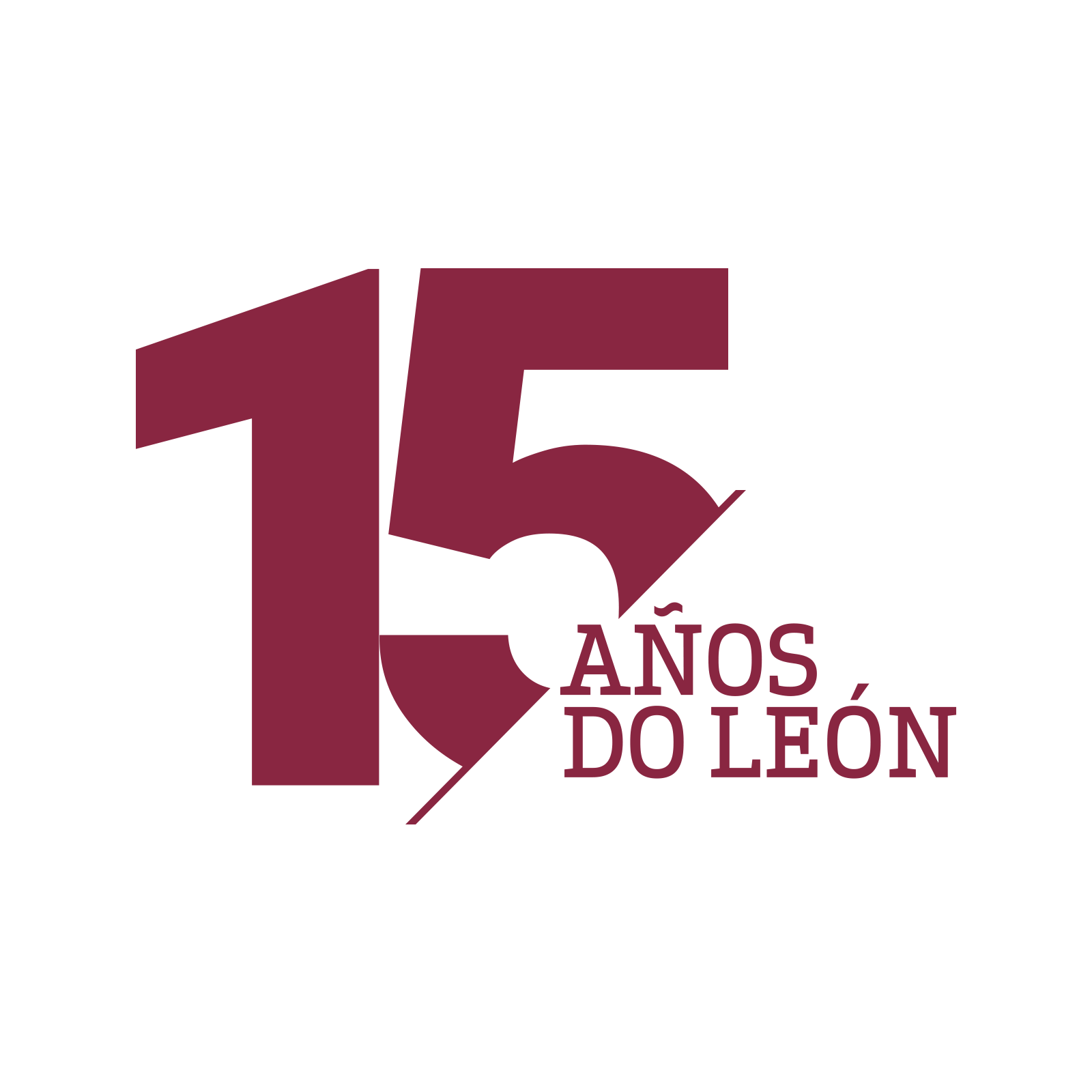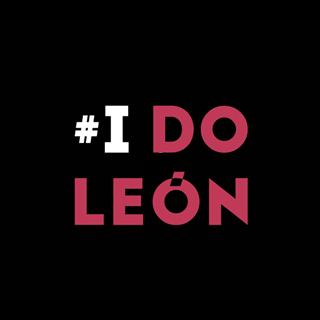
The first documented records of the region’s history date back to the early 10th century and serve as an indicator of the two pillars that upheld the local economy: mills for cereal processing and vineyards.
As early as in Roman times, the southern part of León became a crossing point for all travellers using the two major routes that lead through our production area, the Vía de la Plata, or Silver Route, and the Camino de Santiago, or Way of St. James. The southern part of León later became the chief supplier of wine for almost the whole northern part of the Iberian peninsula. Numerous monasteries were involved in the resurgence of winemaking in the region, as evidenced by the documents held in the archive of the Cathedral of León dating back to the second half of the 10th century and testifying to the purchase of lands dedicated to the growing of “uinea mostra” vines by the monastic community of the convent of St. Mary and St. James of Valdevimbre.
The singularity of these lands, the thread that binds the distant past to our present day and beyond, is winemaking.
This fact is apparent in the multitude of wine cellars located inside ancient caves, shaped by popular architecture and consisting of spaces dug out from small ridges or promontories of clay soil, taking advantage of the natural slopes and building networks of galleries. Their interior gives rise to an ideal microclimate, the cool temperatures of the underground allowing the making of the famous vino de aguja, or semi-sparkling wine, of these traditional winemaking lands. It is also apparent in the growing of vines of the Prieto Picudo variety, as it is known in the winemaking world, whose origins can be found in the south of León province.
In 1985 a group of cooperatives and wineries belonging to the area encompassing Valdevimbre, Los Oteros and Cea took the first steps to form what would become a professional association of winegrowers, winemakers and bottlers, whose fundamental goal was to obtain designation of origin (DO) status for their wines. This goal rests on three basic pillars: the promotion of the wines, their differentiation, and the improvement and safeguarding of their quality.
Today, having obtained Designation of Origin status (granted on 27 July 2007), our goal is to make consumers aware of and appreciate the effort, care and dedication that go into our wines in our firm commitment to quality.
This quality is the result of the strict controls that the vineyard is subjected to before and during harvesting, and which also apply to the whole winemaking process in the winery, from the moment the grapes reach them until bottling and labelling with a numbered guarantee certificate on the back label of the bottle, ready for selling.
What distinguishes this land from other winemaking regions of the world is, without a doubt, its native Prieto Picudo variety.
Historical summary
Kilograms of certified grape
Bottles sold
Rated Wine
| Harvest | Rating |
|---|---|
| 2007 | VERY GOOD |
| 2008 | VERY GOOD |
| 2009 | VERY GOOD |
| 2010 | VERY GOOD |
| 2011 | VERY GOOD |
| 2012 | VERY GOOD |
| 2013 | GOOD |
| 2014 | EXCELLENT |
| 2015 | EXCELLENT |
| 2016 | VERY GOOD |
| 2017 | VERY GOOD |



Follow Us